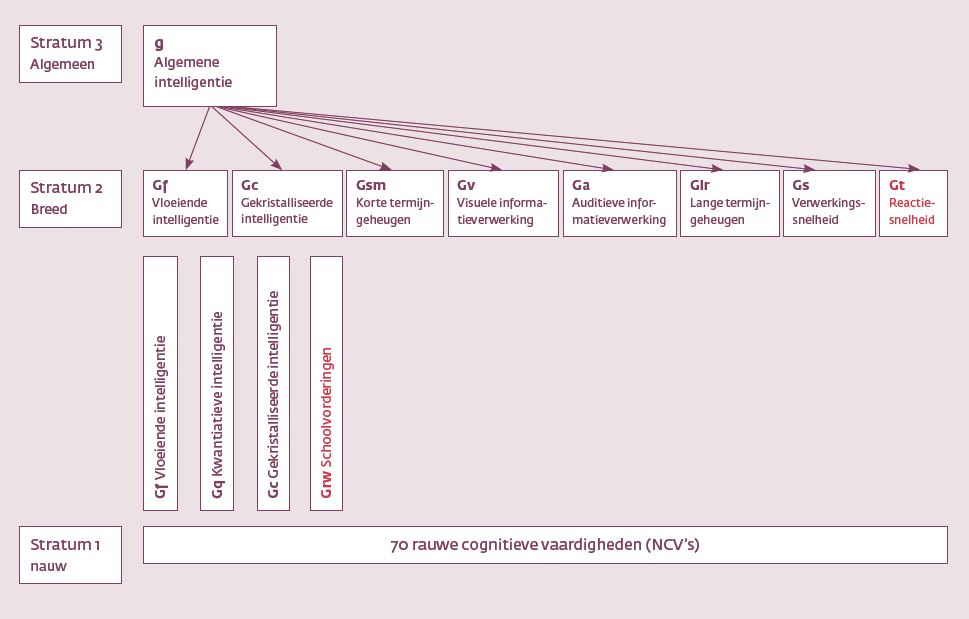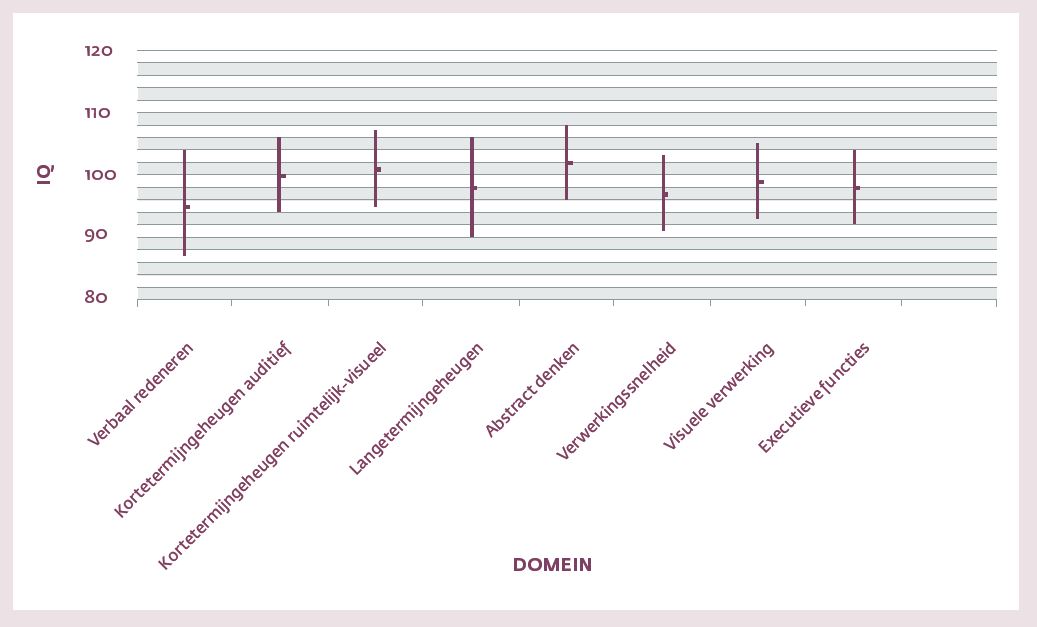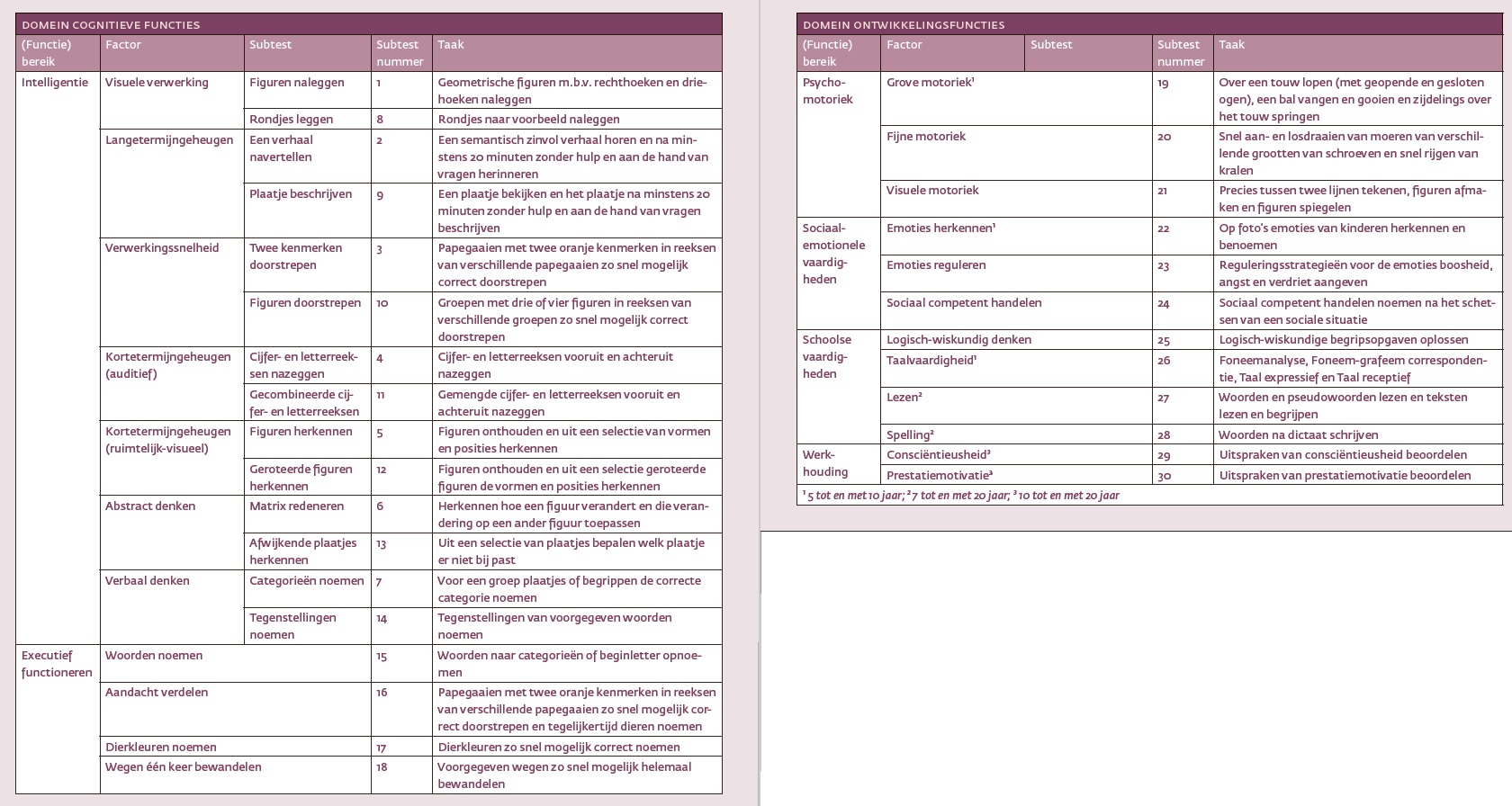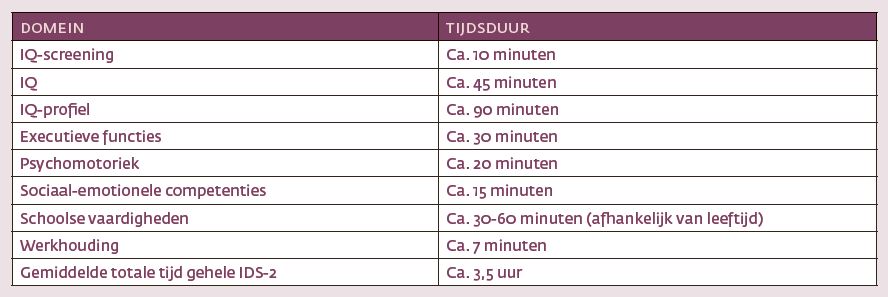Al meer dan honderd jaar is men bezig om intelligentie te meten. Zowel de visie op het begrip intelligentie als op hoe we het meten is in de loop der jaren steeds veranderd. De Wechsler-schalen (de WPPSI, de WISC en de WAIS) drukten intelligentie oorspronkelijk uit in een totaal IQ, een performaal IQ en een verbaal IQ. Hedendaagse intelligentietheorieën zien algemene intelligentie echter meer als een verzameling van verschillende cognitieve vaardigheden, zoals werkgeheugen en verbaal begrip, en stappen af van de begrippen verbaal en performaal IQ (Rauws et al., 2014; Ruiter, Hurks & Timmerman, 2017; Taub & Benson, 2013; Wechsler, 2008).
Ondanks dat intelligentietests al veelvuldig zijn gebruikt, kwam er kritiek, zowel vanuit de diagnostische praktijk als vanuit de wetenschap (Verschueren & Resing, 2015). Men vond de tests a-theoretisch en de metingen daarom arbitrair. De laatste jaren zijn de theoretische achtergronden van intelligentietests veranderd. Hoewel er nog steeds verschillende modellen in de omloop zijn en er geen enkel perfect model is om intelligentie te





